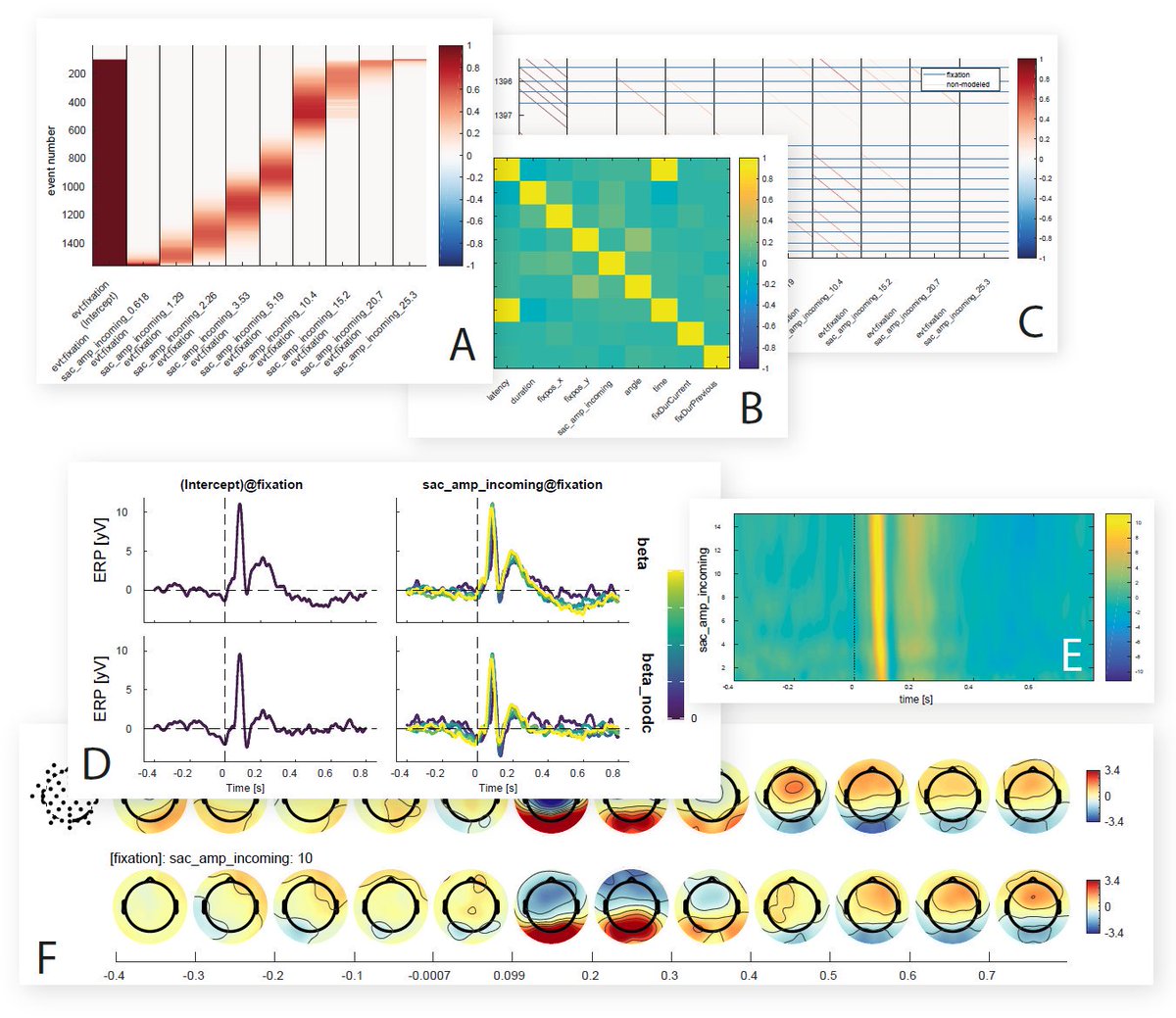While preparing my #EyeTracking 👀Lectures, I learned a bunch of new #vision science things & updated my outdated knowledge.
If I got something wrong/incomplete, I'd be happy to know it before I tell my students ;-)
1/6
If I got something wrong/incomplete, I'd be happy to know it before I tell my students ;-)
1/6
If you stabilize the image on the retina, it doesn't necessarily fade. It strongly depends on what exactly you are showing & often fades in & out - it often fades in "logical" structures.
Images from Pritchard 1961 - a good read is 10.1177/0301006615594957

Images from Pritchard 1961 - a good read is 10.1177/0301006615594957


Visual Tremor (high freq eyemovements, smaller than drift), might be too small for function. Using AOSLO (tracking the photoreceptors with lasers), Bowers et al 2019 found tiny tremor (<1 arcs), much smaller than photoreceptors (~30arcsec) - different to dualPurkinje data?! 

You can see during saccades! Richard Schweitzer & @MartinRolfs have a bunch of very neat studies on this. It seems to be all about the speed of the retinal image whether something is surpressed or not. 

You can see color in the periphery; if you'd account for the linear increase in cortical magnification, one could argue you can even see color better in the periphery (Tyler 2015) 

Bell's effect (the eyeball rolling up when blinking), is not the whole story - it strongly depends on eye position, sometimes it rolls even down (Briggs 1987) 

• • •
Missing some Tweet in this thread? You can try to
force a refresh






